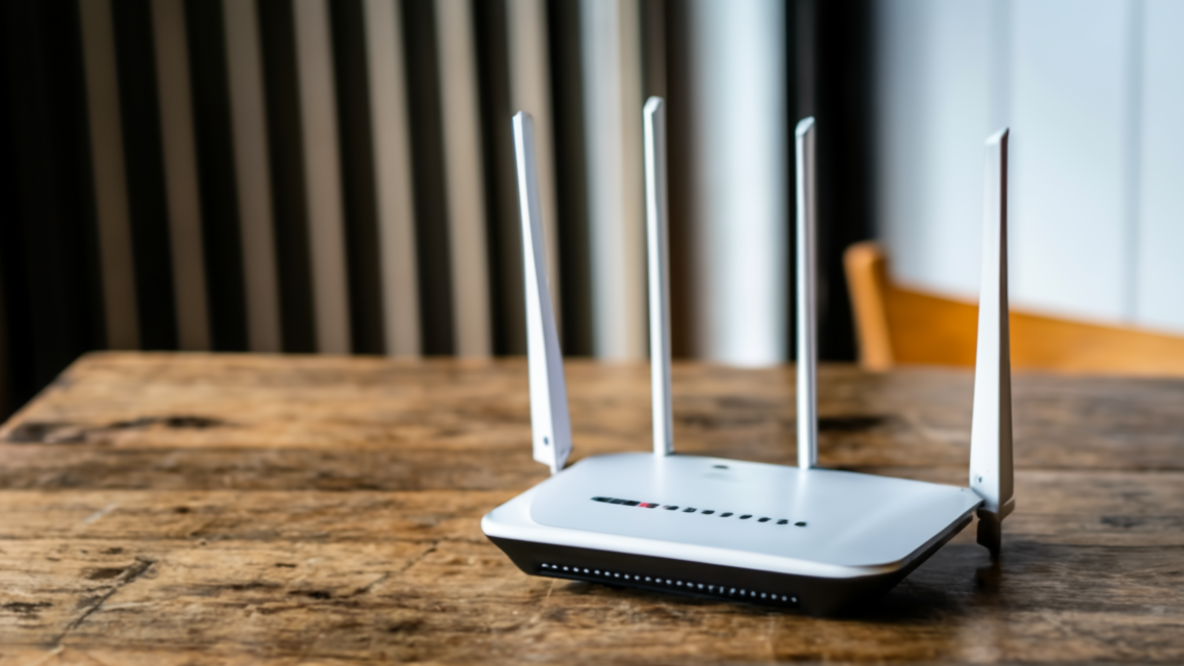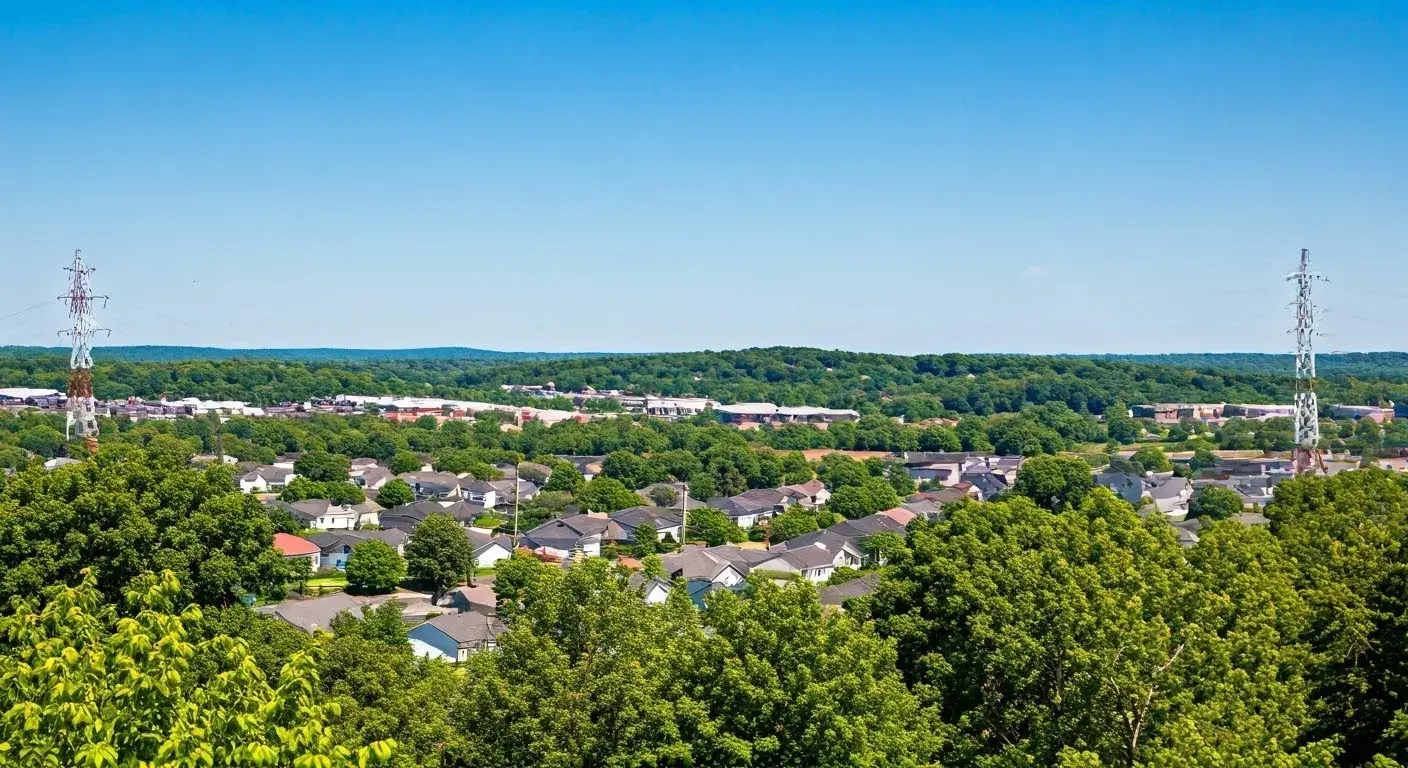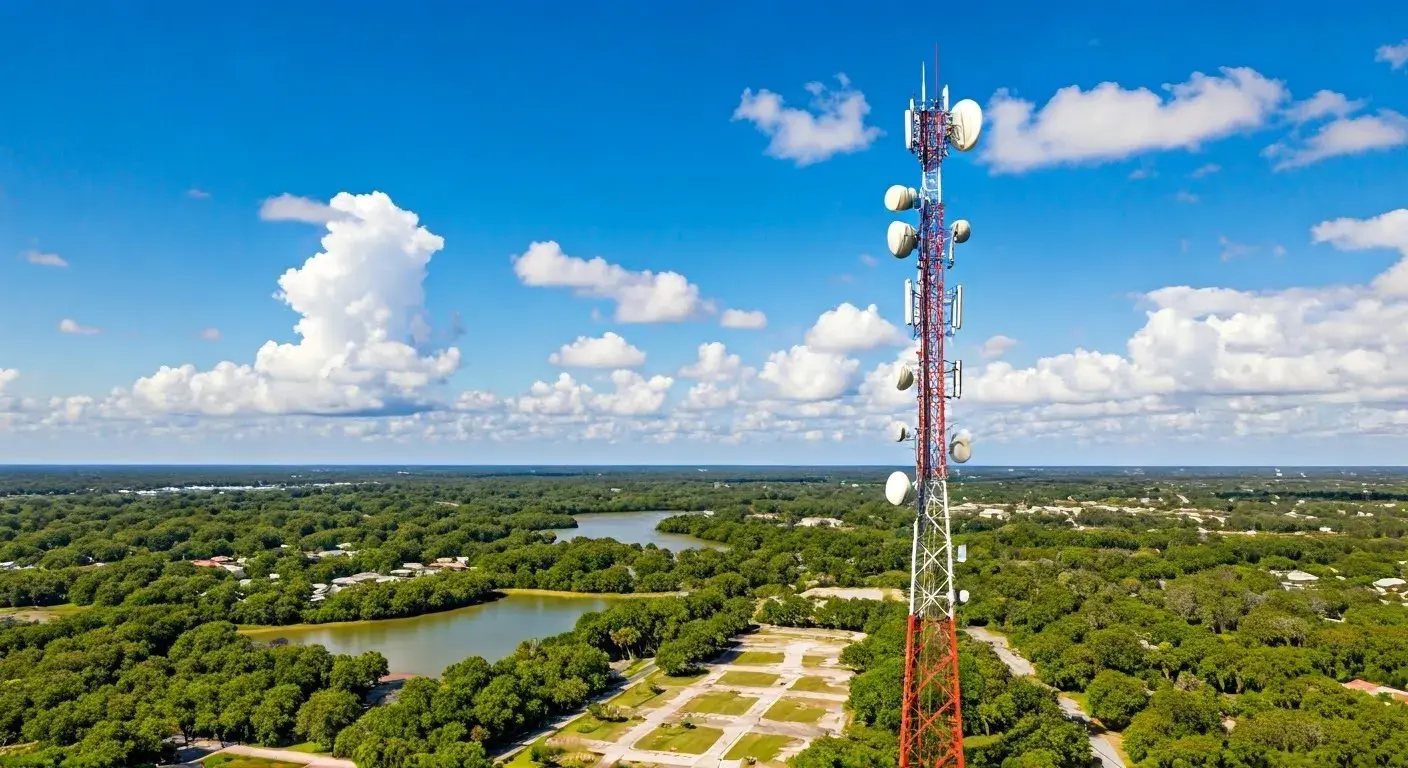
Achieving sufficient Wi-Fi coverage in your house or workplace is, at times, complicated. Barriers such as walls, floor, interferences, and distance from your router are some of the factors that can reduce the signal and influence your internet connection. Fortunately, several simple and low-cost methods can be employed to ensure that a Wi-Fi network covers all areas of a home.
1. Place Your Router Strategically
Before thinking of buying range extenders, ensure that your router is positioned in a way that offers the best results. It is usually placed in the middle of your home or at work, at a higher point, and not close to walls or objects like bookshelves that may block its infrared beams. Some devices can be distant from the router while others are very close yet they experience weak signal strength; experiment by placing the router at the center to see if it covers a wider area.
2. Update Your Router Firmware
Wireless connectivity problems and the lack of range can often be solved by new firmware updates on the router. Go to the manufacturer’s website and make sure to look for the firmware that is available for download for your particular device, transfer it to your computer, and then update the router following the steps mentioned above. To maximize the chance of your router performing at its best, it is important to update the firmware because it provides new enhancements and solutions for better performance.
3. Mesh Networks are reliable for their redundancy that is created by having multiple access points for one network.
Mesh router systems are the new generation of wireless Internet systems. There are various access points also known as ‘nodes’ located in various parts of your area to ensure optimal mobility between rooms. Mesh routers have a main router connected to your modem while others are placed in areas with poor signal and plugged into outlets. They exchange data with each other; they make up one single, vast wireless network that does not flicker when switching from node to node.
4. Choosing And Establishing A Wireless Internet Connection
If you have poor signal issues in selected unrelenting locations such as offices or homes then a Wi-Fi range extender (or a wireless repeater) can work wonders at a very cheap cost. They are portable devices that can be connected to your main Wi-Fi network and transmit the signal to areas that are problematic due to dead zones. For best results, place the device at a midway point between the router and areas with poor signal strength.
5. Use Powerline Network Adapters
Exploiting the existing electrical wiring is a genius approach to expanding your Wi-Fi zone to spaces that would normally be out of bounds. Powerline networking adaptors work by connecting these to power outlets to transfer data through the network. Plug one of them into your router while the second one has to be placed in a room without Wi-Fi and it will copy the signal through the circuits of your home. They include 2-4 adapters which can be plugged into other rooms for more flexibility and expanded use.
6. The first way is to upgrade to a better router which is more capable of handling several connections at once.
In a network where many devices are connected and the network cannot handle the bandwidth demand from these devices, having a router that has a limited range of connectivity will not help. Purchasing a new router with newer and more powerful components such as external antennas ensures that you get the latest technology concerning the coverage standards. If you want a router for a big house or office with heavy construction materials, then you need a router with a feature that offers extended range.
7. Add External Antennas
Most of the Wi-Fi routers have connections where one may attach external high-gain antennas. Bareilly affixing of directional antennas makes the wireless beam more concentrated and powerful in the direction it is aimed at, in terms of the distance it can travel. Periods not firmly attached also allow to change the angle as desired to treat some particularly sensitive areas. All you need is to turn your router off, and then turn it on again with the new antennas being disabled.
8. More: A Airwave: Change The Wi-Fi Channel Band
Wireless devices can be connected to networks, which use either the less available 2.4GHz frequency or the better 5GHz frequency. Most devices connect to 2.4GHz which offers signals that can penetrate through objects more effectively. However, the reception and transmission signals may be affected by other networks nearby that also use similar frequencies. When it comes to a crowded wireless environment, switching routers to the cleaner 5GHz bands can help signals deliver information at a faster rate and get farther before decaying. But just take note 5GHz frequencies do not pass through walls like 2.4GHz frequencies do.
Although, growing your wireless network from corner to corner is not always a piece of cake, adopting some of these measures helps to extend the network and its coverage. The first step is to concentrate on basic router usage and changes before exploring new additions. Property positioning, therefore, plays a big role in enhancing WI-FI coverage in all your areas without having to spend a lot of money. Getting to the required area of coverage is not an easy task, it requires one to try out various methods and get the most appropriate solution that will provide the best connectivity at that point of coverage.






